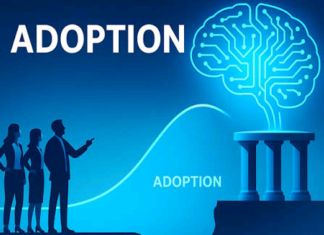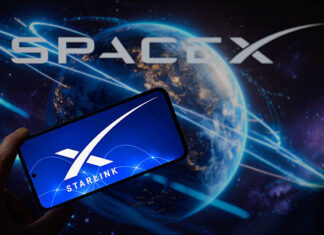When you purchase through links on our site, we may earn an affiliate commission. This doesn’t affect our editorial independence.
Google has decided to release the AI Gmail Search Update. This was designed to help you find the email you’re looking for more quickly. On Thursday, the company announced that it will adopt AI to consider factors like recency and most-clicked emails. It’ll also consider frequent contacts when displaying emails based on your search query.
Gmail is known for simply displaying emails in chronological order based on keywords. However, the company wrote in a blog post, “With this update, the emails you’re looking for are far more likely to be at the top of your search results. This will save you valuable time and help you find important information more easily.”
Added to the AI Gmail Search Update is a new toggle allowing people to switch between “most relevant” or “most recent” emails on a search results page. The developers placed the toggle for users who prefer seeing search results displayed in chronological order rather than the new “Most relevant” default option.
The company will globally roll out AI Gmail Search Update, targeting users with personal Google accounts. The company will also make it available on the web and in the Gmail app for Android and iOS. Google plans to expand the feature to business users in the future.
The launch of the AI Gmail Search Update functionality comes as Google has been building out its email offering to better compete with Apple’s Mail app. Meanwhile, the latter got a slew of Gmail-like features with iOS 18 last year. For example, Gmail recently got a Gemini-powered feature. The feature allows users to add events to a Google Calendar directly from an email.
A few months ago, Gmail unveiled “summary cards” that allow users to take actions in their inbox. It is like tracking packages, checking in for flights, setting reminders, marking bills as paid, and more.
Recently, Google announced a new AI search as part of its resolve to serve its users better. It also introduced the users’ ability to chat via Gmail with Gemini directly within the app on both iOS and Android.







